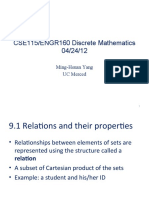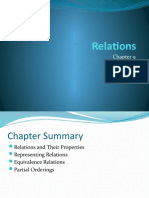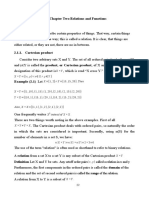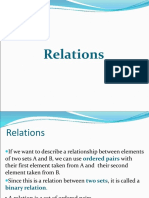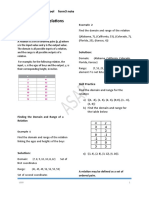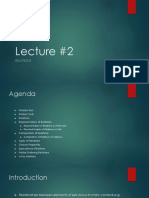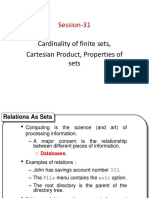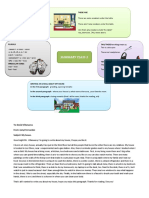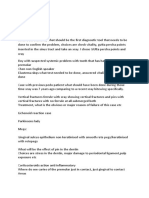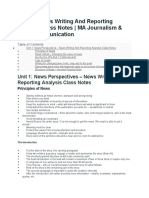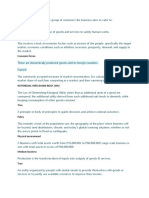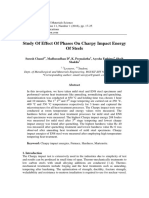0% found this document useful (0 votes)
33 views28 pagesRelations and Functions
The document explains the concepts of relations and functions, defining a relation as a subset of ordered pairs from two sets and a function as a relation where each input is paired with exactly one output. It discusses how to determine if a relation is a function by examining x-coordinates and introduces various properties of relations, including reflexivity, symmetry, and transitivity. Additionally, it provides examples and visual representations to illustrate these concepts.
Uploaded by
yasasmiigunarathne75Copyright
© © All Rights Reserved
We take content rights seriously. If you suspect this is your content, claim it here.
Available Formats
Download as PDF, TXT or read online on Scribd
0% found this document useful (0 votes)
33 views28 pagesRelations and Functions
The document explains the concepts of relations and functions, defining a relation as a subset of ordered pairs from two sets and a function as a relation where each input is paired with exactly one output. It discusses how to determine if a relation is a function by examining x-coordinates and introduces various properties of relations, including reflexivity, symmetry, and transitivity. Additionally, it provides examples and visual representations to illustrate these concepts.
Uploaded by
yasasmiigunarathne75Copyright
© © All Rights Reserved
We take content rights seriously. If you suspect this is your content, claim it here.
Available Formats
Download as PDF, TXT or read online on Scribd
/ 28




